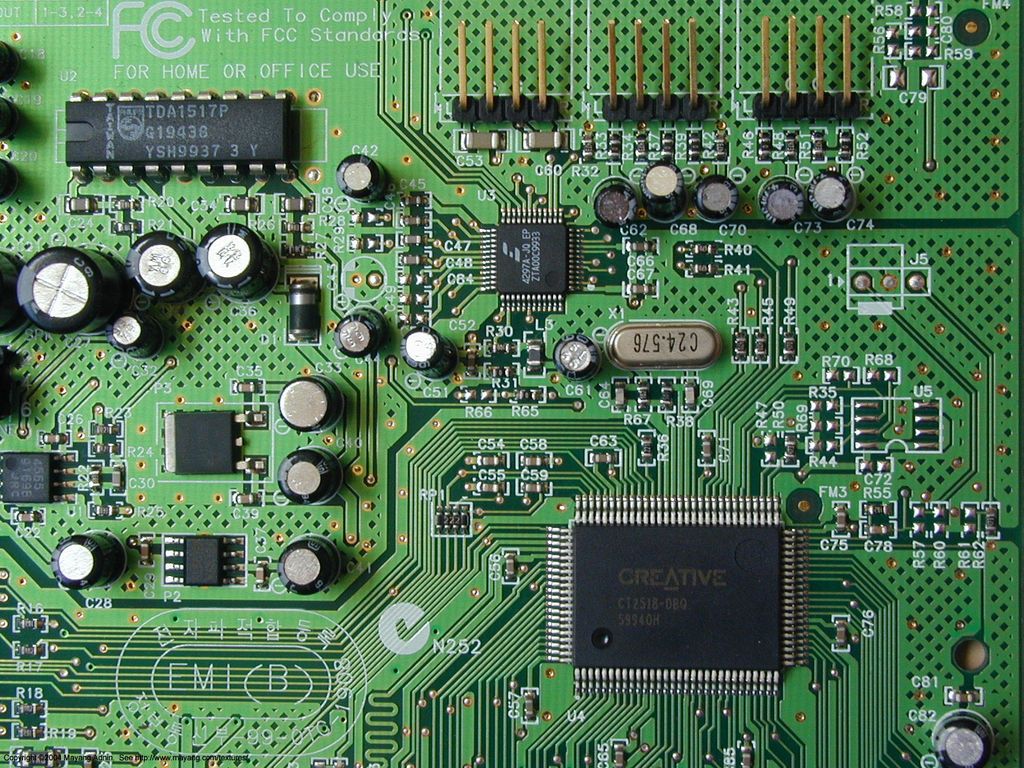 |
| Circuits on Matrixboard |
 |
| Soldering part |
I Love Showcasing My Talents, Not Only To My Hometown Fans And My Own Team But To My World....[Manapang VDC Ward no 8:Sange,TANAHUN]

Eminem is king of rap in the rap field. His top album 'Recovery(2010)' is one of the boost and famous album in the world.The album 'MMLP2(2013)' is also a latest album of Eminem.His fan page(facebook) gets world's top like records.

चिना हरायको मान्छेले धेरै चोटी हसाउनु को साथ साथै सुक सुक गर्न बाद्य बनायो एक चोटी सबै ले पड्नु पर्ने किताब. क्रान्तिकारी स्वभाव को मान्छे जति पनि कठोर देखिन्छ उसको मन सबै भन्दा नरम र कोमल हुन्छ, यो मेरो अनुभव र यो किताब पडीसक्या पछि झन् पक्का भयो......

Paschimanchal Campus (WRC) is situated in the northern part of mega-scenic Pokhara valley. The initiation of the Paschimanchal Campus (WRC) in pokhara under the institute of Engineering (IOE),Tribhuvan University can be considered as a revolutionary step towards meeting the demand of technical manpower in the field of engineering for the development of the nation.

The communications industry offers wired, wireless and satellite services using such devices as wired phone and cable TV, as well as cellular phone, broadband and mobile Internet, and satellite TV, among others. Fast data transmission is used by many businesses, households and individuals. The industry continues to evolve. The United States is the world's largest broadband market, with more than 83.3 million fixed (wired) broadband subscriptions and 136.6 million wireless broadband subscriptions.
